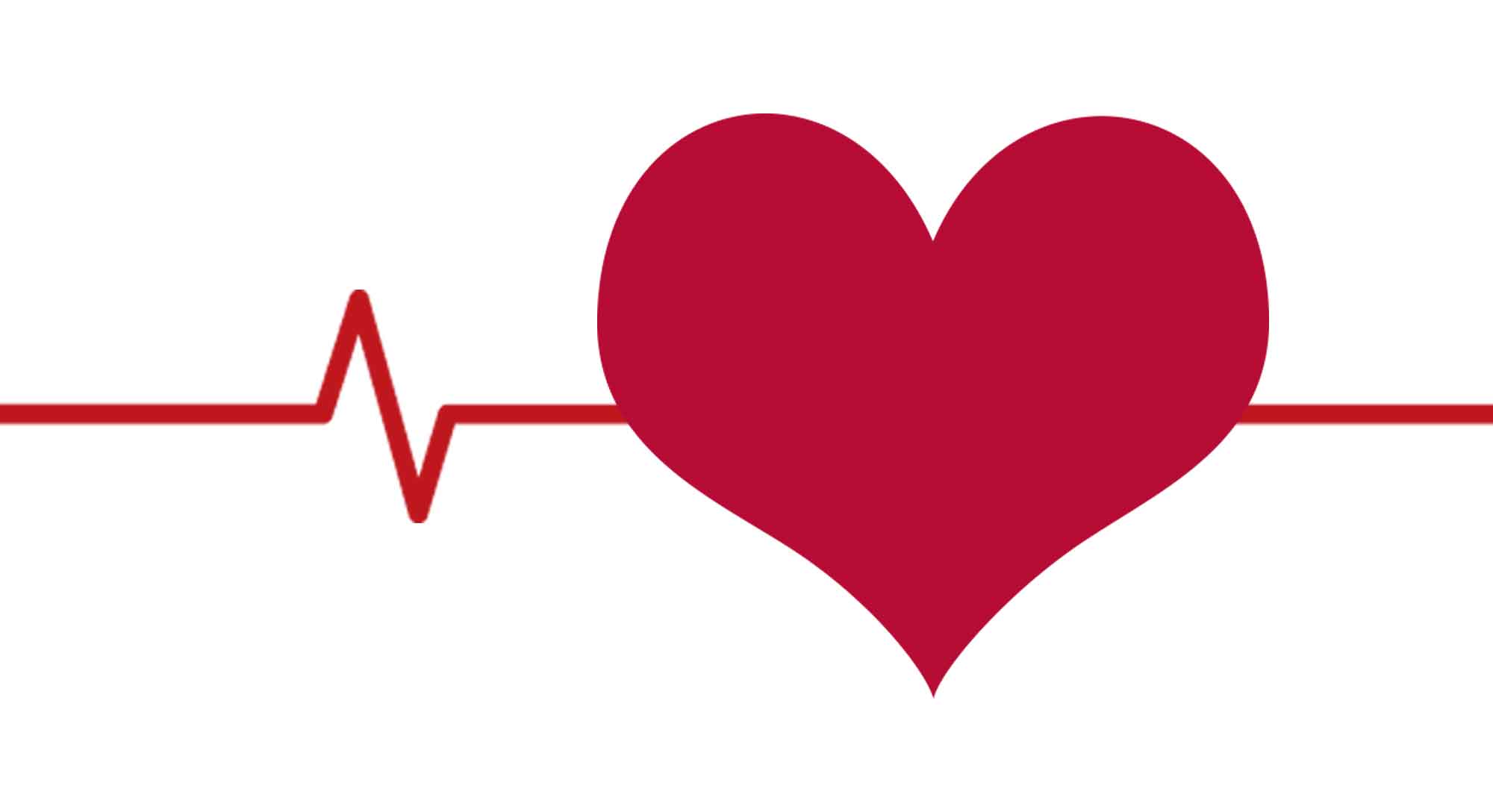Learn more about atrial fibrillation
Around 526,000 people in Sweden suffer from atrial fibrillation, a serious condition that can lead to stroke. Approximately 399,000 have been diagnosed, while an estimated 127,000 remain undiagnosed.
If detected, there are treatment options available. Still, if undetected, it is one of the most common causes of stroke.
- An irregular heart rhythm (arrhythmia) can signify that you have atrial fibrillation.
- You can determine if your heart is beating irregularly by checking your pulse every day.
- It might be hard to recognize the signs of atrial fibrillation. If you have one or more of these symptoms, or if it just doesn’t feel normal, you should contact your doctor.

What is atrial fibrillation?
A heart steadily pumps blood around your body. It pumps faster when you’re under strain and slower when you’re at rest. In the case of atrial fibrillation, or AFib, the heart pumps at an irregular rhythm. The irregular rhythm causes blood to flow more slowly through the heart, which can create blood clots. The clots might travel through the blood through the body and clog the blood vessels. If this happens in your brain, you might have a stroke.
Types of atrial fibrillation
Atrial fibrillation is usually divided into three different types:
- Paroxysmal atrial fibrillation is when you have short attacks of atrial fibrillation that can come and go. The disturbances in heart rhythm usually do not last more than a couple of days. In some cases, symptoms can last up to a week.
- Persistent atrial fibrillation is when you have episodes lasting more than one week.
- Permanent atrial fibrillation is when you have a constant disturbance of the heart rhythm.
Symptoms of atrial fibrillation
Symptoms can be quite vague, and some people hardly feel anything. Here are some of the more common signs of atrial fibrillation:
- palpitations
- irregular pulse
- chest discomfort
- fatigue and weakness
- dizziness
- shortness of breath, even with slight exertion
- chest pain.
If you have one or more of these symptoms, or if it just feels different from what it normally does, you should contact your doctor. Remember, there are treatments available when atrial fibrillation is detected!
Find your nearest health center
How to be diagnosed with atrial fibrillation
An ECG test is often used to map the heart’s rhythm and diagnose atrial fibrillation. For extended testing lasting a day or more, a portable ECG device might be used.
You may also get a general examination to look for other risk factors and signs of cardiovascular disease. There might be laboratory tests to check kidney function, cholesterol levels, salt balance, thyroid function, and blood counts, among other things. Sometimes an ultrasound scan of the heart is also done.
Detecting and diagnosing atrial fibrillation with flexible ECG technology
The growing availability of more flexible ECG technology, also increases the ability to detect and diagnose atrial fibrillation. Today, there are many technological devices that make it easy to examine your heart. Some are already in use in healthcare settings and some can be purchased and used by patients themselves. A major advantage of many of these devices is that they can regularly measure the heart’s activity in everyday life, even during times when the user is not in contact with healthcare professionals. Here are some examples:
- Patch ECG
A patch ECG attaches a monitor to the skin using an adhesive patch. An advantage of many patch ECGs is that heart rhythm activity can be measured over a longer period of time, compared to a traditional long-term ECG, and continuously compared to handheld ECGs. - Handheld ECG
Handheld ECGs are easy to carry with you. The test only takes a few minutes. The user can choose when to check their heart, for example when they have symptoms. Some handheld ECG monitors also have the ability to send the results digitally to the healthcare provider immediately. - Smart watches
Many smart watches now have functions that allow you to monitor heart’s activity through an ECG. Some watches can also save the results as a PDF file that the user can share with their doctor.
The Atrial Fibrillation Report 2023
The Atrial Fibrillation Report 2023 is produced by the Swedish Heart and Lung Association with the support of Pfizer and Bristol Myers Squibb. The 2023 report is subtitled “Early detection of atrial fibrillation”. This report covers the importance of detecting more cases of atrial fibrillation in order for fewer people to suffer a stroke. Atrial fibrillation is the most common form of heart rhythm disorder, and it can have a major impact on the life of those affected. Atrial fibrillation is not in itself life-threatening, but untreated, the disease leads to a significantly increased risk of stroke. You will find out more about:
- Unreported cases
- Geographical differences
- Screening and treatment
- Flexible ECG technology
- Regional statistics.

